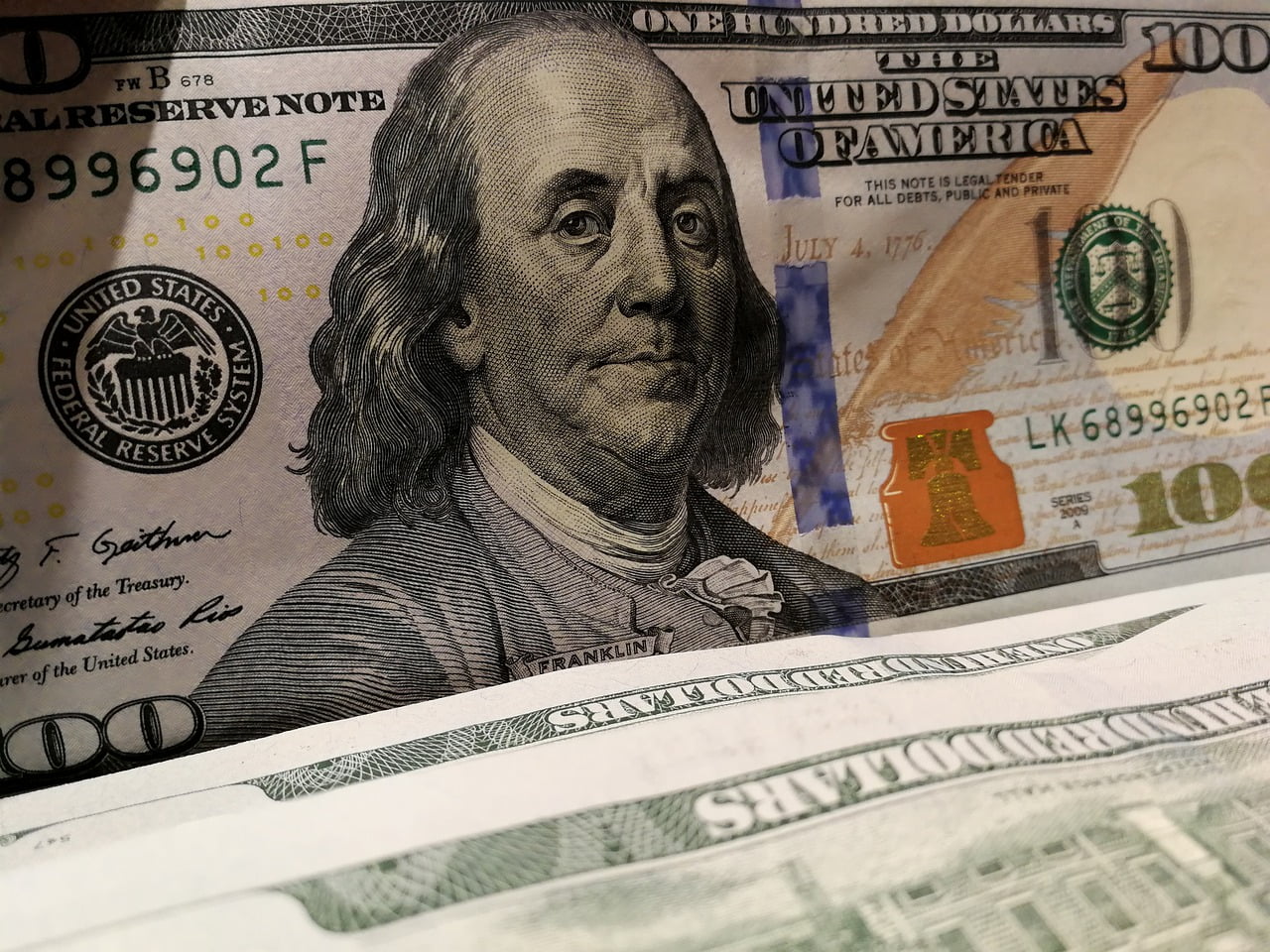Another inflation reading continues to rise. According to the Bureau of Economic Analysis, the personal consumption expenditures (PCE) price index climbed 6.8% year over year in June. That marks the largest 12-month move since January 1982, when the measure rose 6.9%, and surpasses the previous 40-year high recorded in March, at 6.6%.
While the consumer price index gets much of the media attention when it comes to inflation, the Federal Reserve pays particularly close attention to the PCE when setting policy. In fact, the Fed sees the PCE as its primary barometer when it comes to measuring inflation.
Q2 2022 hedge fund letters, conferences and more
Digging Into The Inflation Readings
On a month-over-month basis, the PCE rose 1%, tying its largest monthly gain recorded in February 1981. The index measures changes in the prices consumers paid for goods and services.
Core PCE, which excludes highly volatile food and energy prices, rose 4.8% year over year and 0.6% month over month, marking its largest monthly gain since April 2021. However, the index's yearly core reading was down from the recent high of 5.3% recorded in February. Refinitiv economists had forecast increases of 0.5% month over month and 4.7% year over year for June.
Fed Chair Jerome Powell said they typically look at the core PCE number rather than the headline reading because it is a better indicator of inflation. However, with U.S. consumers struggling under the heavy weight of soaring food and gas prices, the Fed is reportedly looking more closely at the headline number.
Other Key Numbers From The Report
The PCE report also showed a 1.1% increase in consumer spending in June, which was more than expected, although most of that increase was the result of higher prices rather than consumers purchasing more. After adjusting for inflation, consumer spending was up by only 0.1%. Meanwhile, personal income rose 0.6%, coming out ahead of the 0.5% forecast, although disposable income fell 0.3% after being adjusted for inflation.
Another troubling sign regarding inflation was the employment cost index, a measurement of benefits and wages for civilian workers. It increased 1.3% between April and June. Although that's down a bit from the first quarter, when compensation increased 1.4%, the latest reading suggests continuing wage pressures in the spring due to an ultra-tight labor market.






